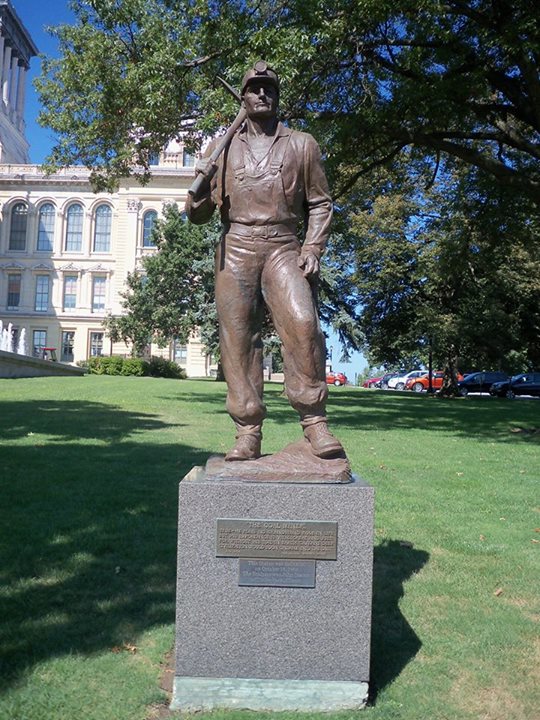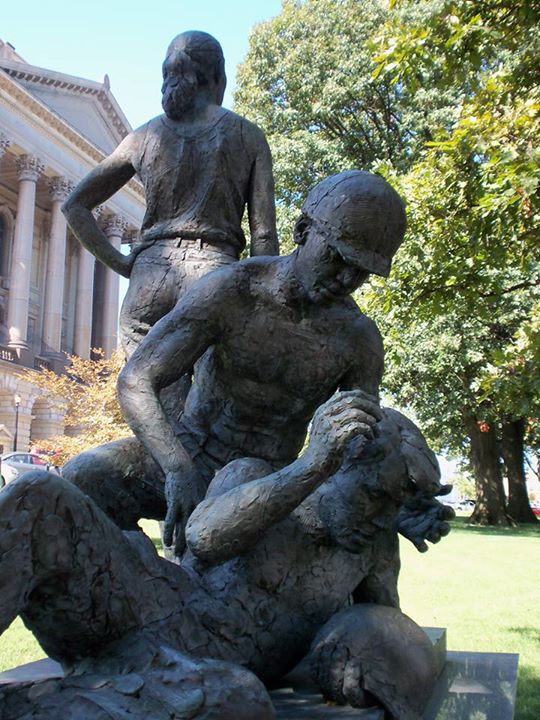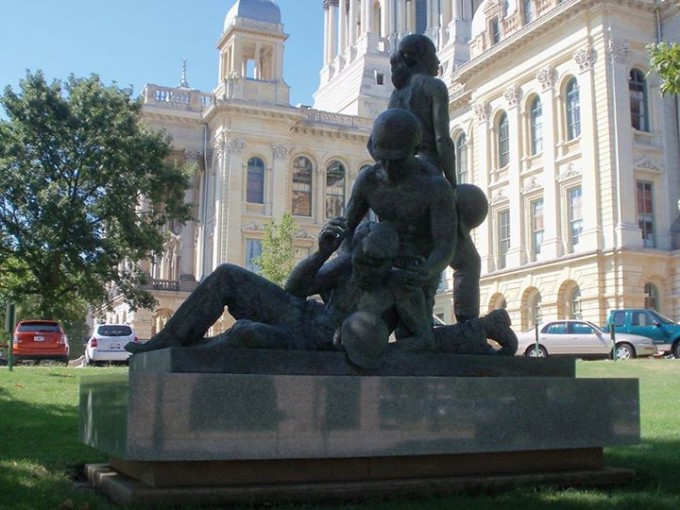
Monday, 2 March 2015
Then last of all He was seen by me also, as by one born out of due time. 1 Corinthians 15:8
Finally of those who had seen the risen Christ, Paul notes that “last of all He was seen by me also.” There is quite a bit to consider here. First, it demonstrates conclusively that what Paul saw was the same risen body which all of the other apostles saw. If this were not the case, then how could he assert that Christ was actually risen from the dead? He could have been a mere ghost, as was the case with the ghost of Samuel the prophet in the Old Testament. Rather, for Paul to claim having seen the risen Christ, it means that He was truly risen as a Man; it wasn’t some apparition or vision. This proves that the claims of cults, such as the Jehovah’s Witnesses – that Christ was raised a “spirit-being” – are false. He was raised in a body, not merely as a spirit.
Having noted this, he then proclaims that this visitation was not at all in a normal way. The term “as by one born out of due time” is insufficient and does not convey the meaning of the original. This makes it seem like the “timing” of his meeting is the main issue. Rather, the “state” of the visitation is what he is relaying. The Greek word is ektroma and it is rightly translated as “to the abortive born” (Pulpit Commentary).
This word properly means “abortion” or “stillborn.” It is used nowhere else in the New Testament, but the Greek translation of the Old Testament (and other ancient Greek writings) uses it several times to indicate exactly this, a stillborn. This is seen, for example, in Job –
“Or why was I not hidden like a stillborn child,
Like infants who never saw light?” Job 3:16
Paul’s words indicate his state at the time of becoming an apostle then. The other apostles knew Christ in His earthly ministry and grew in knowledge during that time. They matured in their walk. When the resurrection occurred, they were surprised, yes, but they were also able to process it in a mature manner. Paul on the other hand, saw Christ before he was brought to a state of maturity. Thus, he saw his status as an apostle as one of exceeding unworthiness. As Vincent’s Word Studies notes, he considered that he “had the same relation to that which was worthy of the apostolic office which an abortion has to a living child.”
We could question then, “How is this appearance and conversion pertinent to us in the church then?” Also, “Why did the Lord choose this manner of conversion for Paul, who is the one to set the parameters for the church age?” The answer to this is found in his words to Timothy –
“And I thank Christ Jesus our Lord who has enabled me, because He counted me faithful, putting me into the ministry, 13 although I was formerly a blasphemer, a persecutor, and an insolent man; but I obtained mercy because I did it ignorantly in unbelief. 14 And the grace of our Lord was exceedingly abundant, with faith and love which are in Christ Jesus. 15 This is a faithful saying and worthy of all acceptance, that Christ Jesus came into the world to save sinners, of whom I am chief. 16 However, for this reason I obtained mercy, that in me first Jesus Christ might show all longsuffering, as a pattern to those who are going to believe on Him for everlasting life.” 1 Timothy 1:13-16
Paul’s unworthiness, coming forth to belief as an abortive child, is a pattern to show us that the same great grace and mercy has been poured out upon us. We can look to Paul and see that God truly cares about each of us, sinners though we may have been!
Life application: God called you into His light when you were in a miserable, unworthy state. Live for Him now as one who is purified and holy. Act in a manner worthy of your new position in Christ.
O Lord, I look back on my life and wonder what it is that brought me to the saving knowledge of Christ. The sure answer is Your grace and mercy. I was so far away from You that nothing but His work could ever bridge the gap. And even since then, I’ve failed You so often. And yet, Your grace and mercy remain. Thank You for Your goodness to the sons of men who have simply reached out by faith and called on Jesus. Thank You, O God! Amen.




